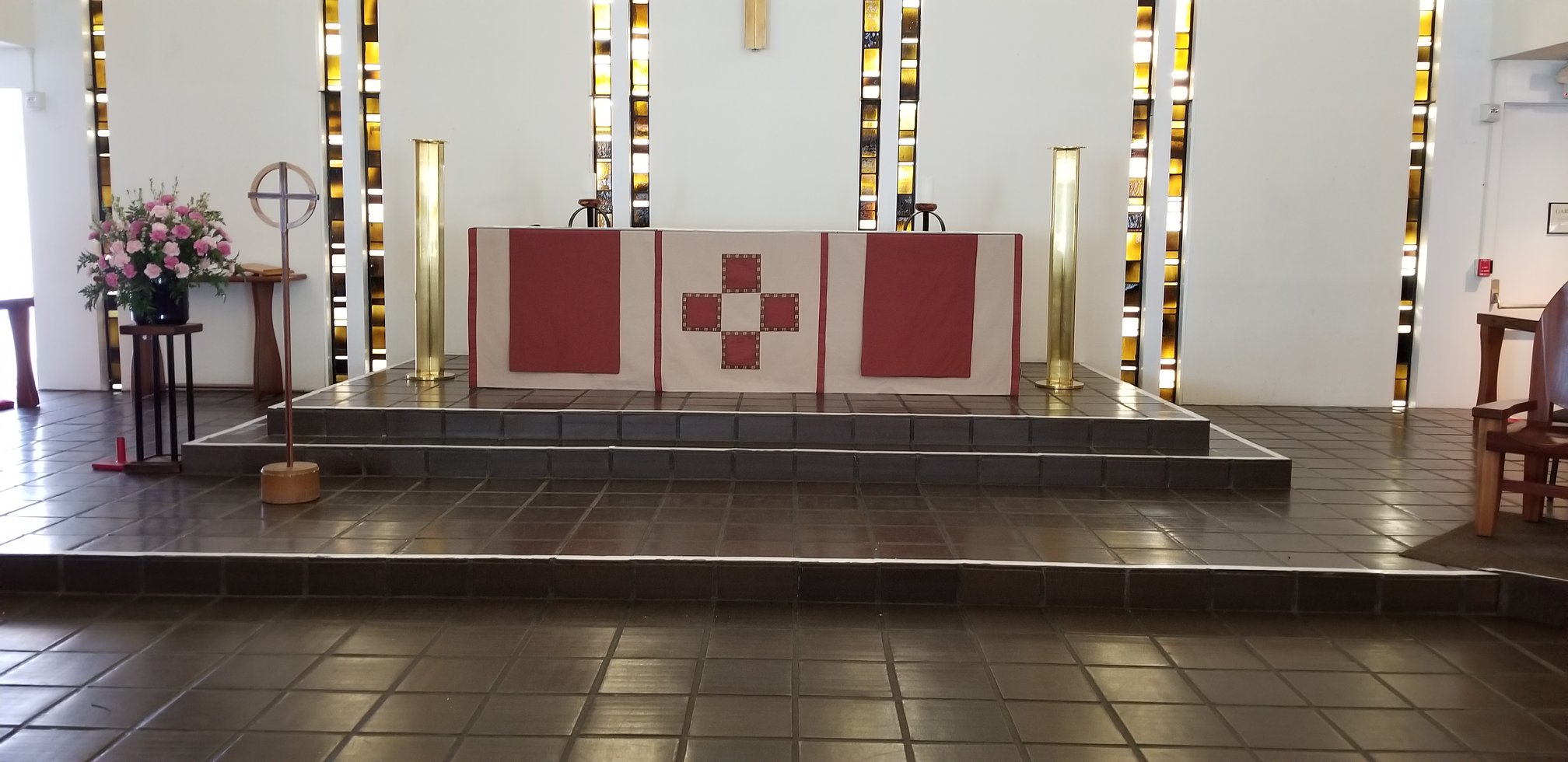Here at St. Mark’s we look forward to the traditions of each season. Episcopalians begin the Church Year-also called the Liturgical Year-with the season of Advent in December.

Advent
Advent begins four Sundays before Christmas and is set aside as a time to reflect on the coming birth of our Savior. In the first week, we help each other make Advent Wreaths for our homes. Advent Lessons and Carols teaches us anew the meaning of the Christmas season.
Christmas is celebrated with at least two services on Christmas Eve and one the following day. In the late afternoon of Christmas Eve, families gather to enjoy a Children’s Pageant with the parish’s children dressed as angels, shepherds, wise men, and the holy family.
At evening services, the musicians of St. Mark’s fill the church with glorious Christmas music, and we hear again the familiar story of Jesus’ birth. Our “midnight” service begins with offerings from the Choir and Praise Band and ends in candle light. Holy Eucharist. Christmas lasts for the Twelve Days of Christmas until January 6.


Epiphany
Epiphany arrives on January 6 and commemorates the Christ child being revealed to the Gentiles in the persons of the three wise men or Magi. Epiphany continues until Lent. (Because Easter is based on the lunar calendar and moves from date to date, the length of Epiphany varies somewhat.) It is a time for house blessings and the marking of the church doors with the current year.
Lent
Lent is a season of preparation for Christ’s crucifixion and resurrection. It begins forty days before Easter. Many Episcopalians choose to give up something as a spiritual discipline. At services on Ash Wednesday, the first day of Lent, the priest marks our foreheads with ashes. We join for Sunday evening Lenten Suppers. On Palm Sunday, we each receive a palm leaf, which we fold into crosses and keep at home during the year. (Later, these are collected and burned to provide ashes for the next Ash Wednesday.)


Easter
Easter preparations intensify during Holy Week, with Eucharist services held every evening. The Wednesday service is called Tenebrae. On Maundy Thursday we share an Agape Meal, wash one another’s feet as Christ taught us, and strip the altar of its coverings. We have two services on Good Friday-the Stations of the Cross at noon and the Liturgy of Good Friday in the evening. The Great Vigil is held on Holy Saturday and after it we enjoy a festive chocolate-and-champagne reception to break our Lenten discipline. Easter Sunday always includes an egg hunt for the children. St Mark’s Day we celebrate on the Sunday that falls closest to April 25. The season of Easter continues for seven weeks until the Day of Pentecost.
Pentecost
Pentecost is also called Whitsunday. It recalls the Holy Spirit’s descent on the apostles as told of in the New Testament. We mark the day by wearing red to church to symbolize the flames of the Spirit. The Season after Pentecost-also called the Green Season or Ordinary Time-is the longest of the Church Year, stretching from the end of May through the growing and harvest times. It represents all the ordinary days of our lives in the time between the birth of the Church and Christ’s Second Advent.


Ordinary Time
Ordinary Time is the part of the liturgical calendar that falls outside the major seasons such as Advent, Epiphany, Lent, and Easter. Ordinary time begins with the passing of the Day of Pentecost and continues until the First Sunday of Advent, and is the longest season of the church year. It is also known as the growing time.
